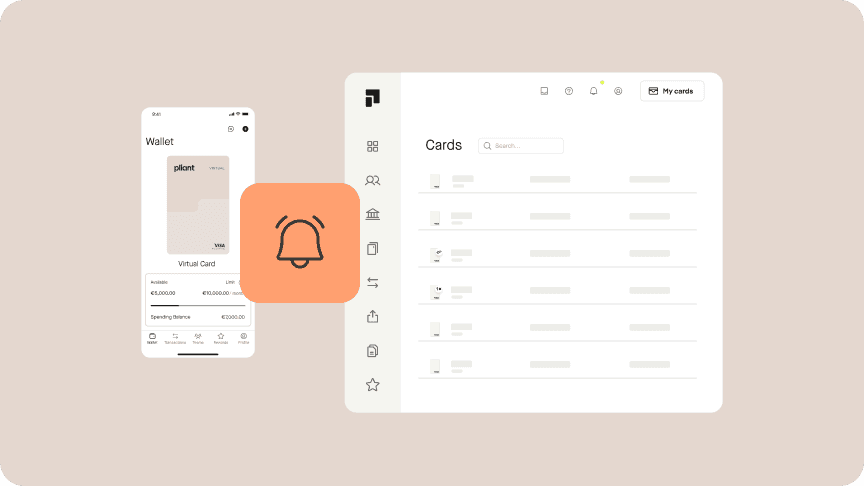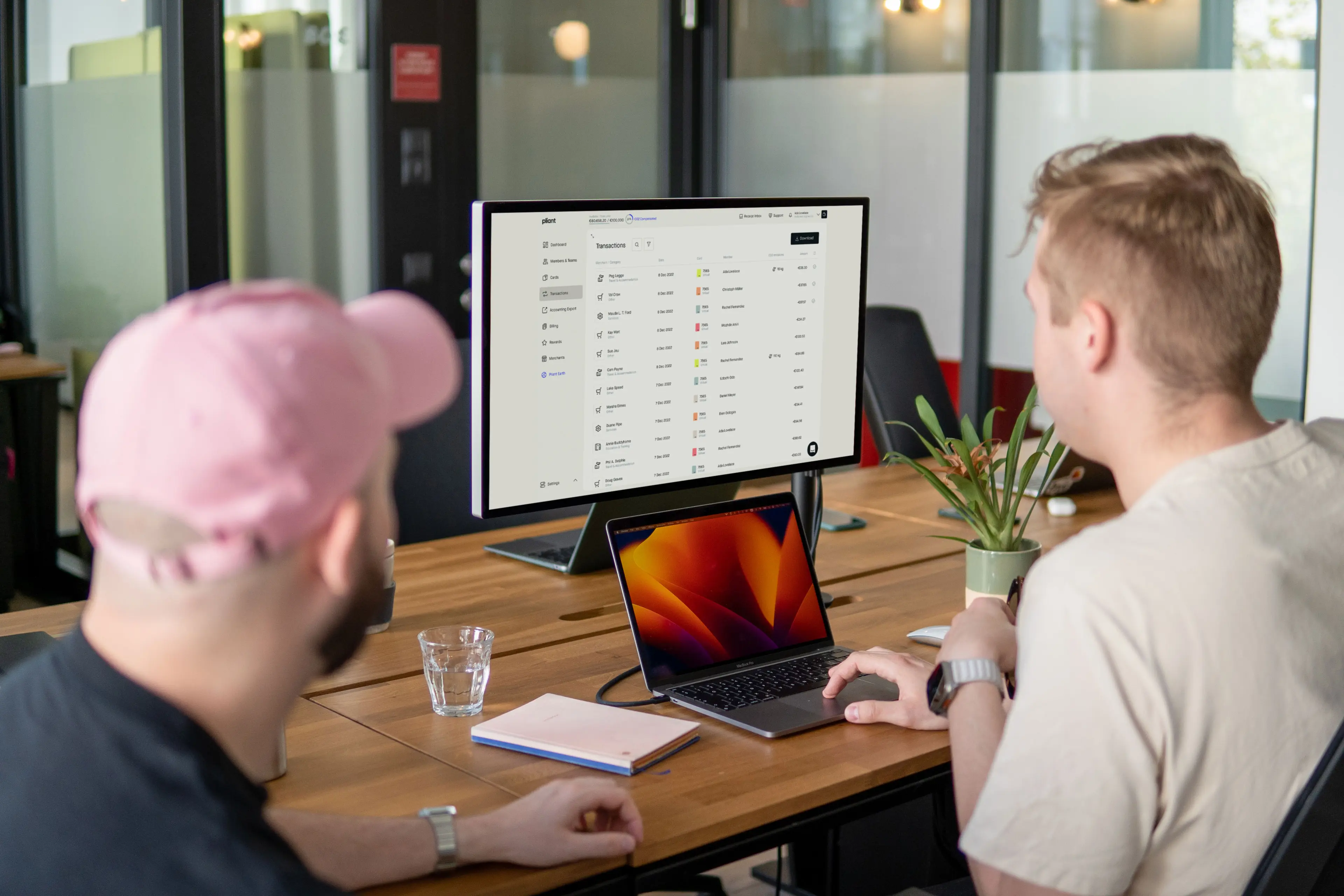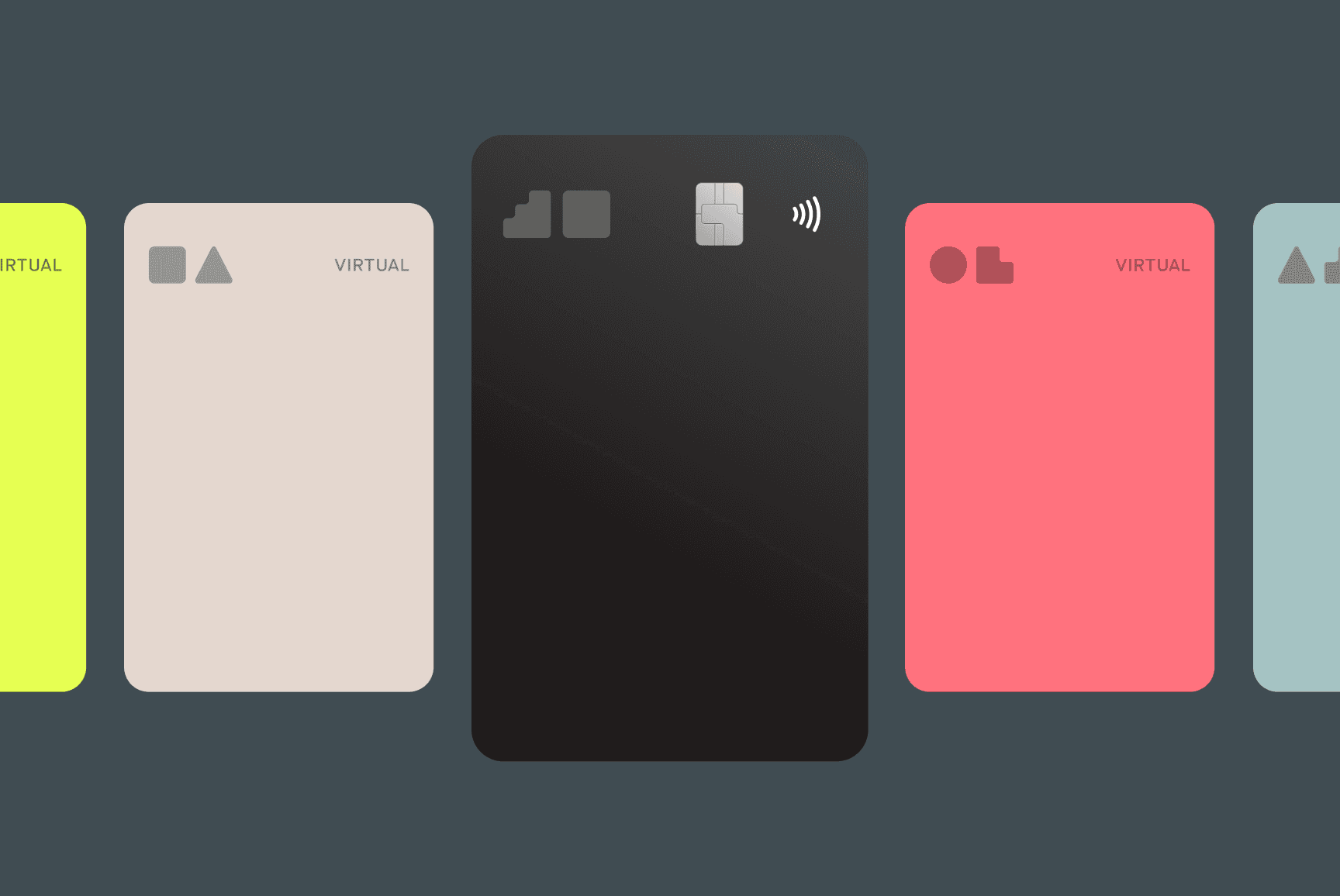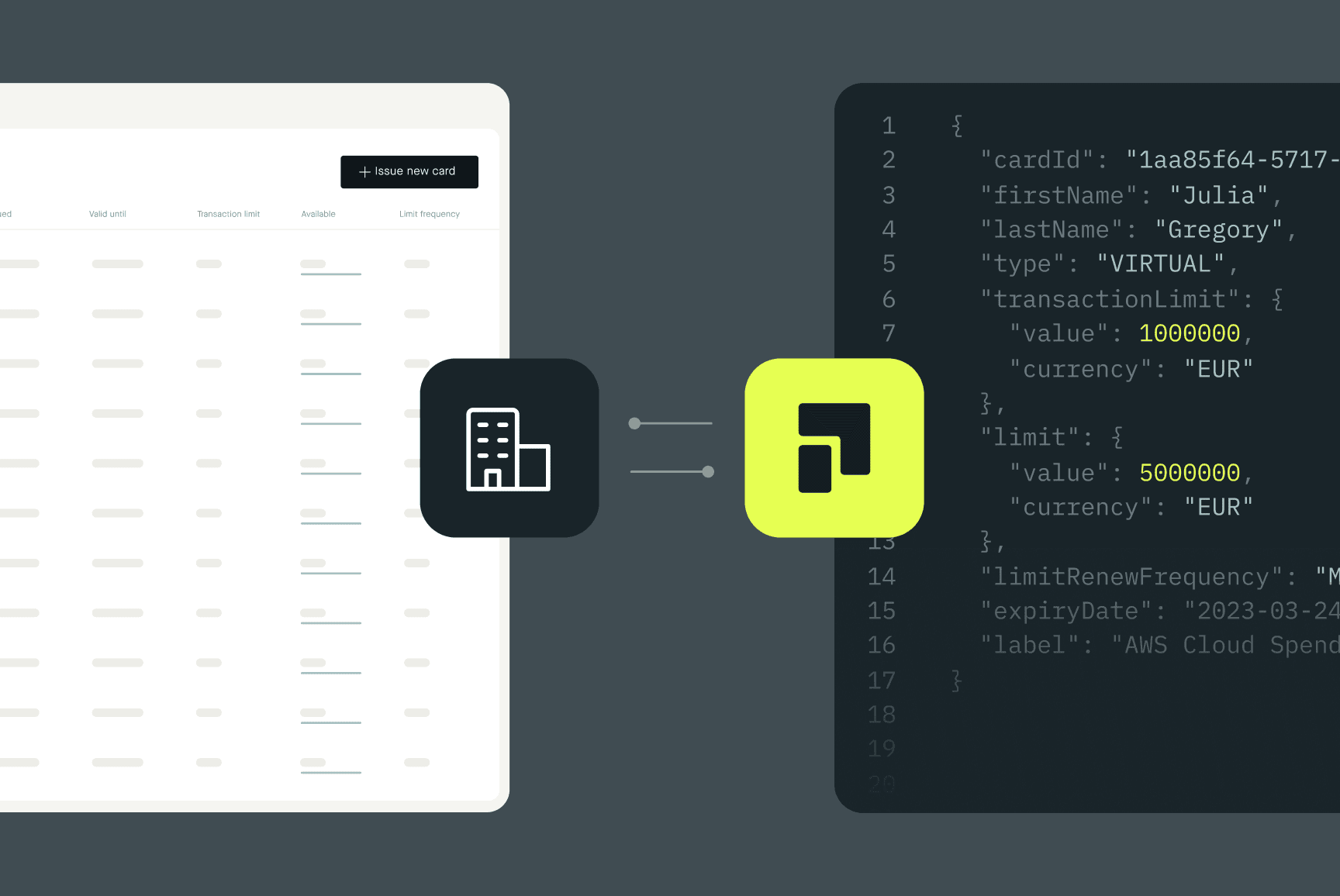Expense reimbursement: The pros, cons, and new digital solutions
Whether it’s a taxi to the conference venue, a parking ticket in the parking garage, or lunch with clients – every business has expenses. You can pay a lot of business expenses with a company credit card, but sometimes employees might have to use their own funds to cover an unexpected cost. And that means the company has to make a reimbursement.


- Expense reimbursement in brief
- What is an expense reimbursement?
- The right way to reimburse expenses to employees
- Are expense reimbursements taxable?
- Expense reimbursement software simplifies the claiming process
- Company credit card vs. expense reimbursement
- Reimburse expenses with Pliant and Circula
- Frequently asked about expense reimbursement
Expense reimbursement in brief
Reimbursable business expenses are payments that employees make using their own money.
Companies reimburse their employees for expenses afterward.
In Germany, expense reimbursements are tax-exempt.
What is an expense reimbursement?
An expense reimbursement is an amount of money that a company pays to an employee. Once the employee has paid for a business-related expense with their own funds, the employer reimburses the expenditure. To receive the reimbursement, the employee has to make an expense claim and provide the required documents, such as a receipt of the payment.
The right way to reimburse expenses to employees
The employee's out-of-pocket expenses are assessed as if the employer had made them. The reimbursement doesn't replace wages but is paid on top of them.
Examples of reimbursable business expenses
Travel expenses for business trips (public transportation tickets, airline tickets, rental car, etc.).
Meals and restaurant expenses
Accommodation for business trips (hotels, apartments)
Office supplies
Business events (tickets for trade fairs, conferences, etc.)
Parking on business trips
Customer gifts on behalf of the employer
Mobile devices (smartphone, tablet, laptop)
Mailing costs (letters, parcels)
In Germany, many companies reimburse travel costs, like meal and overnight expenses, using a lump sum. The company's travel policy specifies the amount up to which expenses are reimbursed without an expense claim.
The lump sums are tax-exempt. The German Federal Ministry of Finance (BMF) updates the maximum reimbursement sums every year.
Include the following on your expense claim:
Name and address of the company
Your name and address
A brief explanation of the purpose of the expense
Expenses and their amounts as individual line items
Total amount
Your bank account number
Receipts (cash receipts, invoices)
There’s a rule regarding small, up to €250, expenses. If the expense is less than 250 euros, a receipt suffices as proof of expense. For bigger amounts, you have to present an invoice.
Remember to include your bank account details. This way your employer knows where to pay the reimbursement.
To simplify the process, use a mobile app to scan and capture receipts.
Alternatively, you can switch to digital receipt and expense management with Pliant. Pliant’s best-in-class tools help you optimize processes both for employees and accounting. Save time on bookkeeping, receipt capture, and other administrative tasks.

Are expense reimbursements taxable?
In Germany, expense reimbursements are not taxable as long as they meet certain requirements. Expense reimbursements don't constitute wages and you don’t have to pay taxes on them.
You can find the regulations on expense reimbursement in the German Income Tax Act (Einkommenssteuergesetz). The reimbursement amounts received by the employee are exempt from taxes and social security contributions.
For the tax office to recognize the expense as tax-free, it must comply with certain conditions:
The expense is related to the business, and employees incur business expenses on behalf of the company.
The amounts are accounted for as individual items on the invoice or the receipt.
The employee has no or very little personal interest in the expense/purchase.
There are also tax-free reimbursements for specific expenses, such as lump sum reimbursements for meals and accommodation.
1. Expenses must be business-related
Perhaps obvious, but the expenses have to be business-related. Employees must prove that the expenses are related to their work.
Private expenses, such as a privately used laptop, are not reimbursed by the company and are not tax-free. The German tax office takes a close look at the purpose of the expenses.
2. Claim the expenses correctly
The purchased services or goods must appear individually on the invoice or the receipt. The same applies to VAT if the company wants to deduct it. Make sure to attach invoices and cash receipts to the expense claim.
3. No private self-interest
The employee must not have a private interest in the purchased item or service, like a smartphone or laptop. Both must be for company use.
It’s also required that the purchased items or property be transferred to the company. If it’s not obvious whether the service or item is used privately or for business purposes, the authorities often assume private shared use. In this case, it’s considered a benefit that the employee receives from the company. These are only tax-free below a value of 50 euros.
4. Imbursement for the exact expenses vs. lump sums
Expenses for meals and accommodation can either be reimbursed according to the actual costs or as a lump sum. The German Ministry of Finance updates and publishes the lump sums and maximum rates for travel and meals. It’s also possible to claim the expenses on the annual income tax return.
Expense reimbursement software simplifies the claiming process
Claiming and processing expense reimbursements can be a tedious process. Employees have to hold onto every invoice and receipt of travel expenses, business meals, postage, and the like, fill out forms and submit them in person.
This quickly raises the question of whether the effort is even worth it for smaller amounts. The accounting department has to review and process the receipts and expense claims, then settle them correctly, as well as scan and archive the documents.
Luckily, there are modern software and apps that modernize, automate and optimize expense processes – like Pliant.
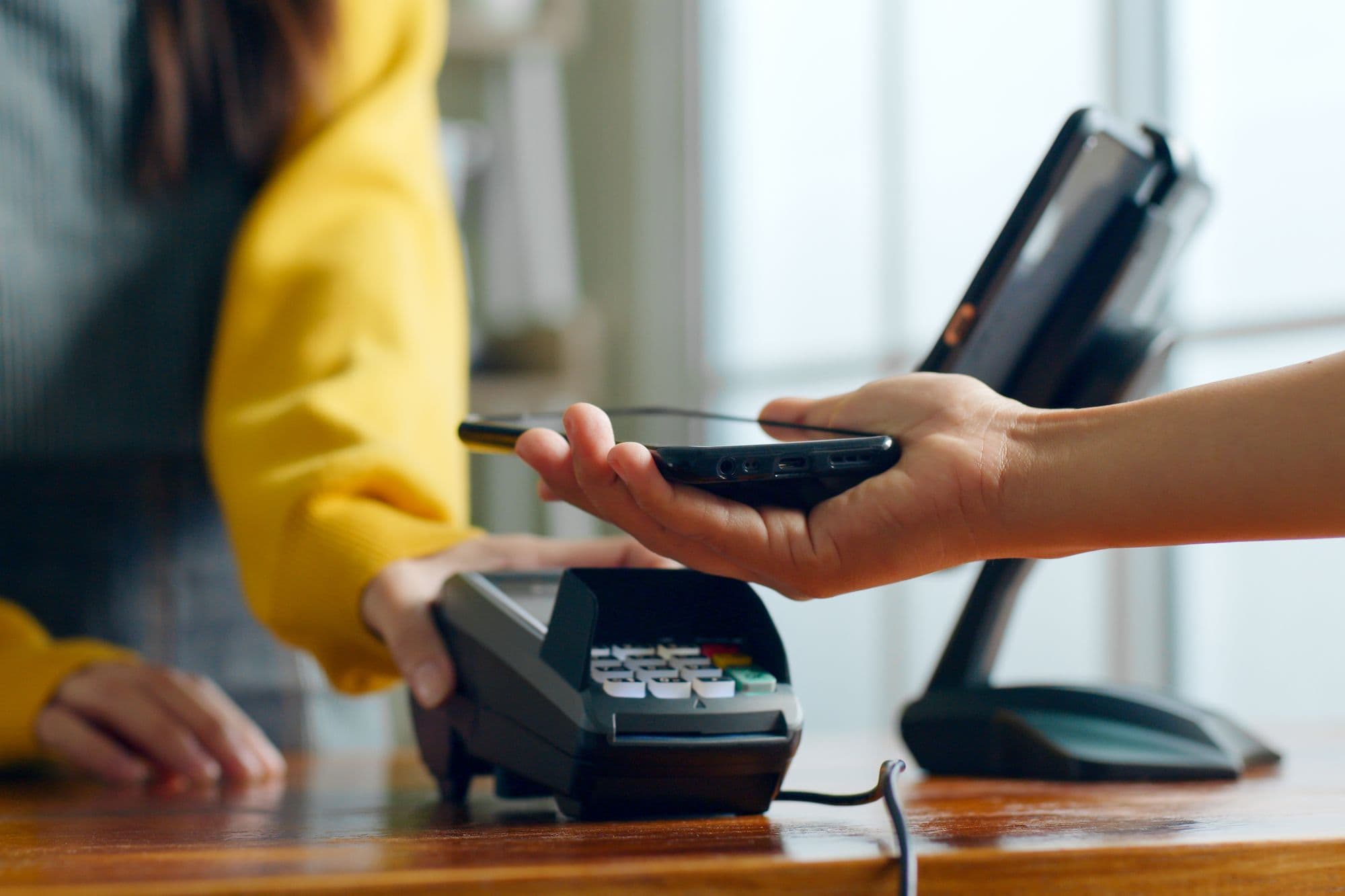
Digital and mobile solutions for easier expense management
Invoices and receipts no longer need to be stored and filed in paper form. With just a few taps, employees can scan receipts with their mobile phones.
Mobile apps make paper receipts obsolete. Smart digital tools match payments to scanned receipts, eliminating the need for a manual and time-consuming review process.
This makes submitting expenses easy and user-friendly. Not only are the employees happy about this, but it will save the accounting team’s time as well.
Advantages of digital receipt capture
| Advantages | Explanation |
|---|---|
| Transparency and automation | All expenses are correctly recorded. No errors due to manual transfer. Easily trace travel expenses. |
| Mobile and user-friendly | Easy receipt capture; scan receipts with a mobile app. No more paper chaos. Meet deadlines automatically. |
| More control | Set budgets in advance. Integrated approval process. |
| Save time and stay audit-proof | Receipts are automatically saved and assigned. Less work for employees and accounting. |
| Better employee satisfaction | Faster payments to employees. Less bureaucracy. |
With the Pliant mobile app, you manage and store receipts conveniently on your smart phone.
Receipt management in PliantCompany credit card vs. expense reimbursement
While claiming and processing expense reimbursements has become easier thanks to apps and software, it still involves quite a bit of work both from the employees and the accounting department.
A more convenient alternative to expense reimbursement is to use company credit cards whenever possible. No more afterward reimbursements, but instead employees can pay work expenses with a company card.
Other benefits include:
All data is securely stored in the app in compliance with GoBD.
No more filling out forms or manually recording receipts.
Transparency, better data availability, and faster data entry.
Automation reduces administrative work.
Reimburse expenses with Pliant and Circula
Pliant is fully integrated into Circula, a specialized app for employee expenses. Using these powerful tools, you can manage travel costs, expenses, and allowances 100% digitally.
With the integration, you can transfer credit card transactions and receipts from Pliant to Circula for easy processing and accounting.
The transactions are settled and expenses are transferred directly to accounting, all in real time.
Frequently asked about expense reimbursement
Who decides the rules for expense reimbursement in Germany?
In Germany, the rules for expense reimbursements are set out in the Income Tax Act (Einkommensteuergeset).
Everyone who earns income in Germany and is a resident or domiciled there is subject to the Income Tax Act. This law regulates almost everything on the topics of income and profit, plus their taxation.
What is a lump sum reimbursement?
If the employer pays a lump sum reimbursement regularly on top of wages, it’s taxable. But there’s an exception. The lump sum reimbursement can be paid to an employee tax-free if the employee can provide proof of regularly recurring expenses for at least three months. The lump sum cannot deviate significantly from the actual expenses.
Which is better, digital or paper reimbursement?
Digital expense reimbursement avoids error-prone and cumbersome paperwork. When claiming expenses, you must document everything thoroughly, including all relevant invoices and receipts.
Expenses and reimbursements must be traceable at all times. If the tax office wants to audit the company, you have to be able to provide all relevant documentation.
Now, companies have a choice. Do they prefer paper documents that the accounting team has to sort out retrospectively? Or do they opt for digital solutions that keep the accounting team always up to date on business expenses?
With a smartphone and the right app, you can scan and archive receipts in no time at all. Everything is neatly categorized and ready for accounting.
What is the difference between expense reimbursement and employee benefits?
In Germany, if an employee buys a service or an item that they use both professionally and privately, this can be considered an employee benefit or benefit-in-kind. In this case, the item remains in the employee’s possession.
Up to an amount of 50 euros per month, the benefit is tax-free. Common examples are meal vouchers, clothing, childcare, or discounted housing.
But in the case of expense reimbursement, the purchased goods become the company’s property.
How to ask for reimbursement of travel expenses?
You should agree on the travel expense reimbursements already as part of the employment agreement. In Germany, the tax office determines the maximum sums for travel-related expense reimbursements.
To ask for travel expense reimbursement, you have to make an expense claim. The easiest way to do it is by using expense reimbursement software. Each company has its conventions and policies, so it’s best to ask your manager, accounting, or HR team for instructions.

